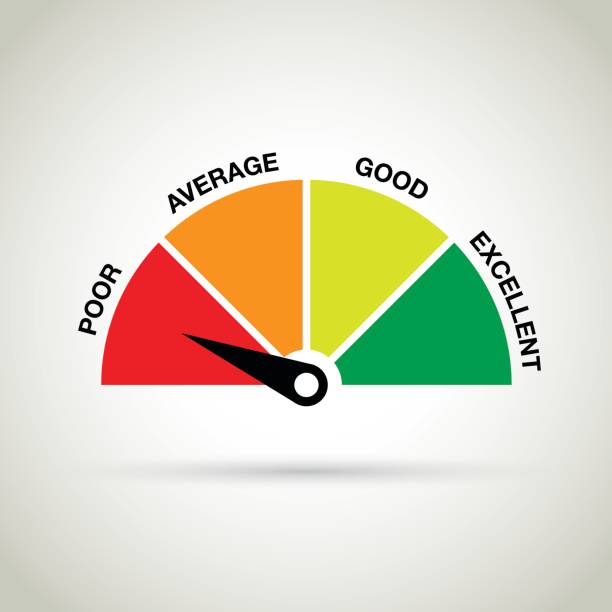
What is Regions Protection? Regions Overdraft Protection links your checking account to your other account and transfers the available funds from that account. Regions overdraft protection comes at no cost. There is no fee to transfer funds between accounts. This service is provided through a credit card or deposit agreement. The customer has the option to opt-in or to pay a monthly service fee.
Overdraft protection - Pay-as you-go
Regions Bank Overdraft Protection allows you automatically to transfer money into a checking account. It transfers money from other Regions accounts, such as your line of credit card. Overdraft protection from Regions is different than Standard Overdraft Coverage, which requires a separate application. This benefit is available to all who are interested. To enroll in this service, visit regions.com/overdraft protection.

Limits on returns fees
Regions Bank accounts may be eligible for their overdraft protection program. These programs can protect you from a range of fees such as returned item fees or non-sufficient fund fees. Regions will eliminate both these fees by the second quarter 2022 and reduce overdraft fee caps. Payed overdraft fees are limited to one per day for consumer accounts (personal1 and personal savings accounts, as well as money market accounts). For non-analyzed business accounts, the returned item fee will be limited to three per day by regions.
Cost
Regions offers Overdraft Protect for a low monthly charge if you are worried about unexpected shortfalls to your checking account. You can link your personal Regions checking account to a savings/money market account. Regions can move your funds from the designated account to make an overnight withdrawal. Transfer fees will be slightly higher than overdraft fees.
Opt-in requirements
Consumer financial protection agencies are investigating overdraft fees and creating new laws to protect consumers. New regulations require banks give customers the option to opt in for overdraft protection. Regions failed to follow regulations. Customers who did not opt in for overdraft protection continued to be charged overdraft fee. Despite the new rules Regions continued to charge overdraft fee and decline transactions to customers who didn't have enough money.

To avoid overdraft fees, there are some precautions you can take
There are several things you can do to avoid overdraft fees. You can avoid overdrawing your checking account by managing your checking account fees. For example, know when you're scheduled to pay your bills so you can make sure you have enough money in the account to cover them. Online bill paying is another way to manage bills. These payments will be debited to your account as per your paycheck. Monitoring your bank balances regularly will let you know if you're about to overdraw, and you can easily solve overdraft situations by making a transfer of funds from another account.
FAQ
Which investment vehicle is best?
Two options exist when it is time to invest: stocks and bonds.
Stocks can be used to own shares in companies. They are better than bonds as they offer higher returns and pay more interest each month than annual.
If you want to build wealth quickly, you should probably focus on stocks.
Bonds are safer investments than stocks, and tend to yield lower yields.
There are many other types and types of investments.
They include real-estate, precious metals (precious metals), art, collectibles, private businesses, and other assets.
What are the types of investments available?
There are many different kinds of investments available today.
These are some of the most well-known:
-
Stocks – Shares of a company which trades publicly on an exchange.
-
Bonds – A loan between two people secured against the borrower’s future earnings.
-
Real estate is property owned by another person than the owner.
-
Options – Contracts allow the buyer to choose between buying shares at a fixed rate and purchasing them within a time frame.
-
Commodities-Resources such as oil and gold or silver.
-
Precious metals – Gold, silver, palladium, and platinum.
-
Foreign currencies – Currencies not included in the U.S. dollar
-
Cash - Money that is deposited in banks.
-
Treasury bills - Short-term debt issued by the government.
-
Commercial paper - Debt issued to businesses.
-
Mortgages - Loans made by financial institutions to individuals.
-
Mutual Funds - Investment vehicles that pool money from investors and then distribute the money among various securities.
-
ETFs - Exchange-traded funds are similar to mutual funds, except that ETFs do not charge sales commissions.
-
Index funds – An investment strategy that tracks the performance of particular market sectors or groups of markets.
-
Leverage - The use of borrowed money to amplify returns.
-
ETFs - These mutual funds trade on exchanges like any other security.
These funds have the greatest benefit of diversification.
Diversification is when you invest in multiple types of assets instead of one type of asset.
This helps to protect you from losing an investment.
Which age should I start investing?
The average person spends $2,000 per year on retirement savings. You can save enough money to retire comfortably if you start early. You might not have enough money when you retire if you don't begin saving now.
Save as much as you can while working and continue to save after you quit.
You will reach your goals faster if you get started earlier.
Start saving by putting aside 10% of your every paycheck. You may also choose to invest in employer plans such as the 401(k).
Contribute only enough to cover your daily expenses. After that, you can increase your contribution amount.
What should I look for when choosing a brokerage firm?
There are two important things to keep in mind when choosing a brokerage.
-
Fees: How much commission will each trade cost?
-
Customer Service - Do you have the ability to provide excellent customer service in case of an emergency?
Look for a company with great customer service and low fees. You won't regret making this choice.
Statistics
- Most banks offer CDs at a return of less than 2% per year, which is not even enough to keep up with inflation. (ruleoneinvesting.com)
- If your stock drops 10% below its purchase price, you have the opportunity to sell that stock to someone else and still retain 90% of your risk capital. (investopedia.com)
- They charge a small fee for portfolio management, generally around 0.25% of your account balance. (nerdwallet.com)
- According to the Federal Reserve of St. Louis, only about half of millennials (those born from 1981-1996) are invested in the stock market. (schwab.com)
External Links
How To
How to save money properly so you can retire early
Retirement planning is when your finances are set up to enable you to live comfortably once you have retired. It is the time you plan how much money to save up for retirement (usually 65). Also, you should consider how much money you plan to spend in retirement. This includes travel, hobbies, as well as health care costs.
You don’t have to do it all yourself. Many financial experts are available to help you choose the right savings strategy. They'll assess your current situation, goals, as well any special circumstances that might affect your ability reach these goals.
There are two main types - traditional and Roth. Roth plans allow you to set aside pre-tax dollars while traditional retirement plans use pretax dollars. You can choose to pay higher taxes now or lower later.
Traditional Retirement Plans
A traditional IRA lets you contribute pretax income to the plan. You can contribute up to 59 1/2 years if you are younger than 50. If you wish to continue contributing, you will need to start withdrawing funds. Once you turn 70 1/2, you can no longer contribute to the account.
You might be eligible for a retirement pension if you have already begun saving. These pensions can vary depending on your location. Employers may offer matching programs which match employee contributions dollar-for-dollar. Other employers offer defined benefit programs that guarantee a fixed amount of monthly payments.
Roth Retirement Plans
Roth IRAs are tax-free. You pay taxes before you put money in the account. You then withdraw earnings tax-free once you reach retirement age. However, there are limitations. However, withdrawals cannot be made for medical reasons.
A 401(k), another type of retirement plan, is also available. These benefits can often be offered by employers via payroll deductions. These benefits are often offered to employees through payroll deductions.
Plans with 401(k).
Many employers offer 401k plans. They let you deposit money into a company account. Your employer will automatically contribute a percentage of each paycheck.
The money you have will continue to grow and you control how it's distributed when you retire. Many people take all of their money at once. Others distribute their balances over the course of their lives.
Other types of savings accounts
Other types are available from some companies. TD Ameritrade has a ShareBuilder Account. You can use this account to invest in stocks and ETFs as well as mutual funds. You can also earn interest for all balances.
Ally Bank has a MySavings Account. You can use this account to deposit cash checks, debit cards, credit card and cash. Then, you can transfer money between different accounts or add money from outside sources.
What's Next
Once you know which type of savings plan works best for you, it's time to start investing! Find a reliable investment firm first. Ask your family and friends to share their experiences with them. For more information about companies, you can also check out online reviews.
Next, determine how much you should save. This step involves determining your net worth. Your net worth includes assets such your home, investments, or retirement accounts. It also includes liabilities like debts owed to lenders.
Once you know how much money you have, divide that number by 25. That is the amount that you need to save every single month to reach your goal.
For instance, if you have $100,000 in net worth and want to retire at 65 when you are 65, you need to save $4,000 per year.